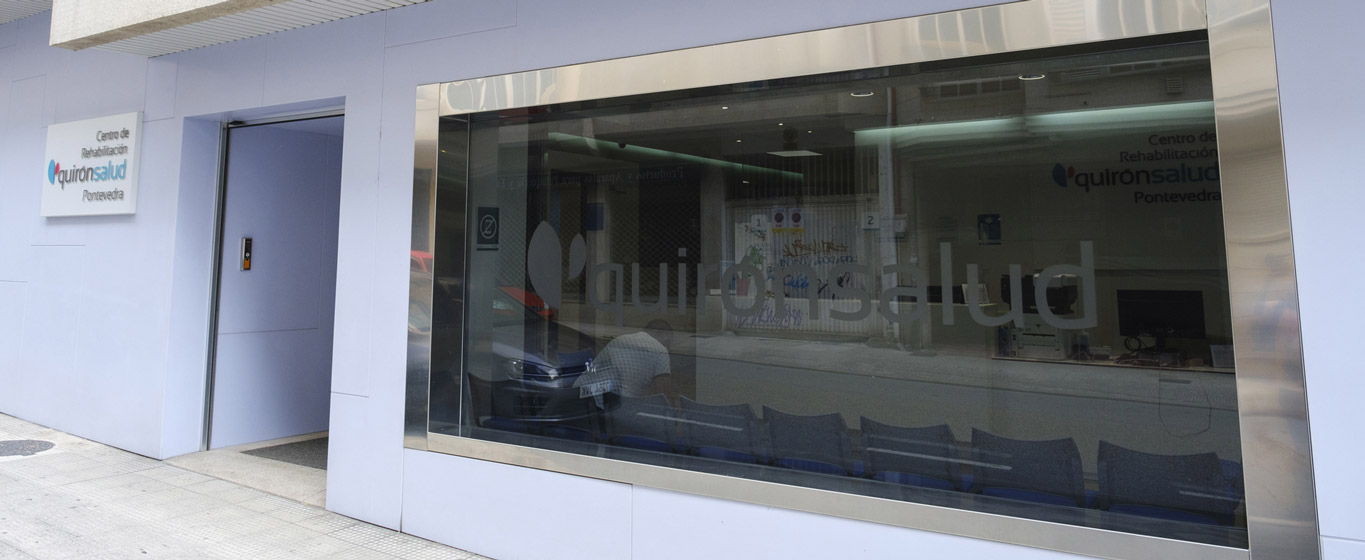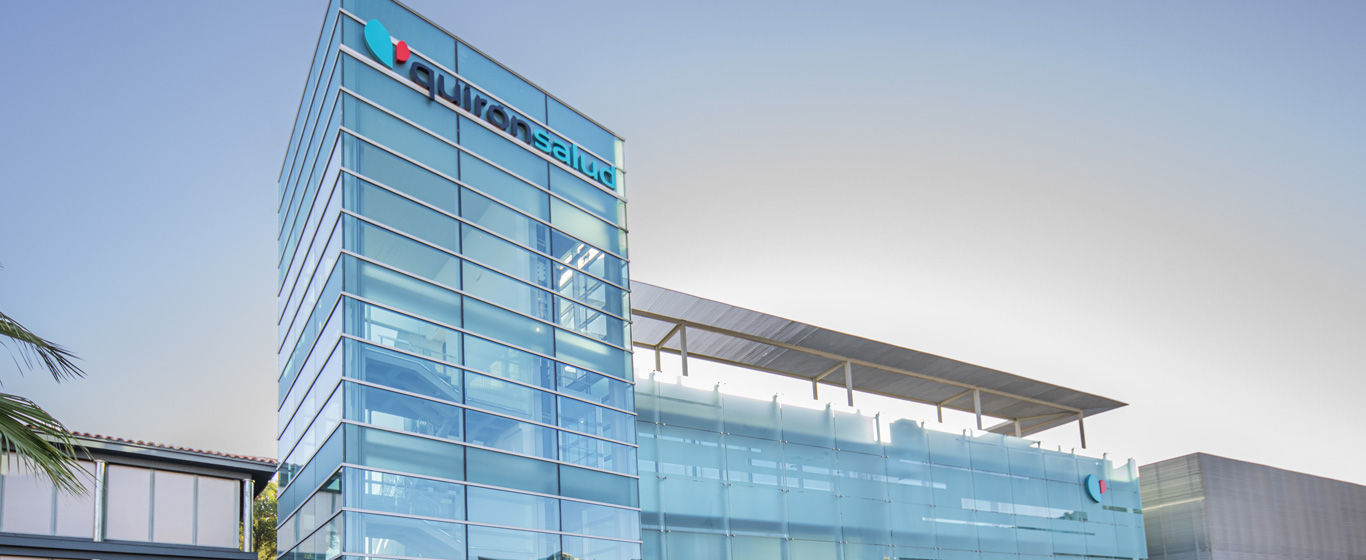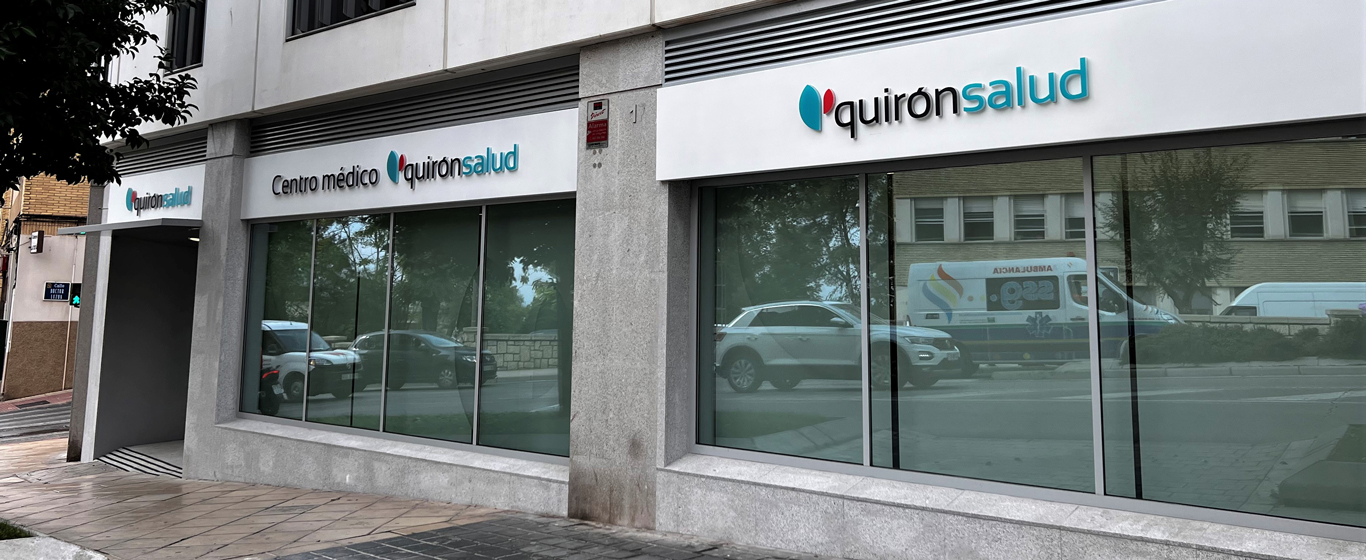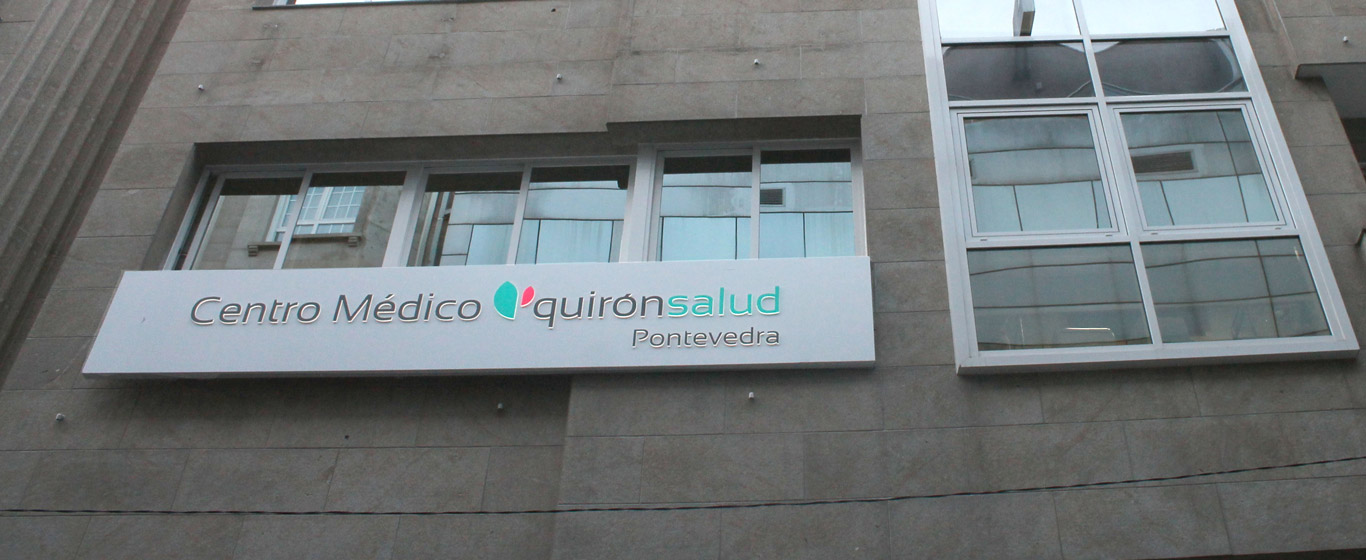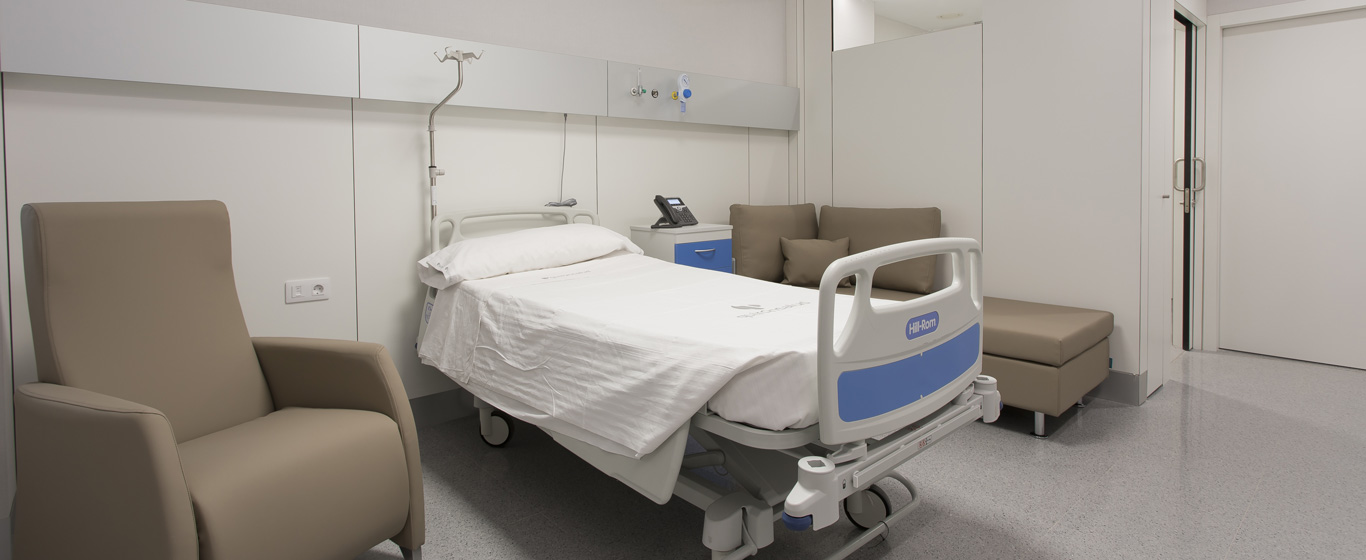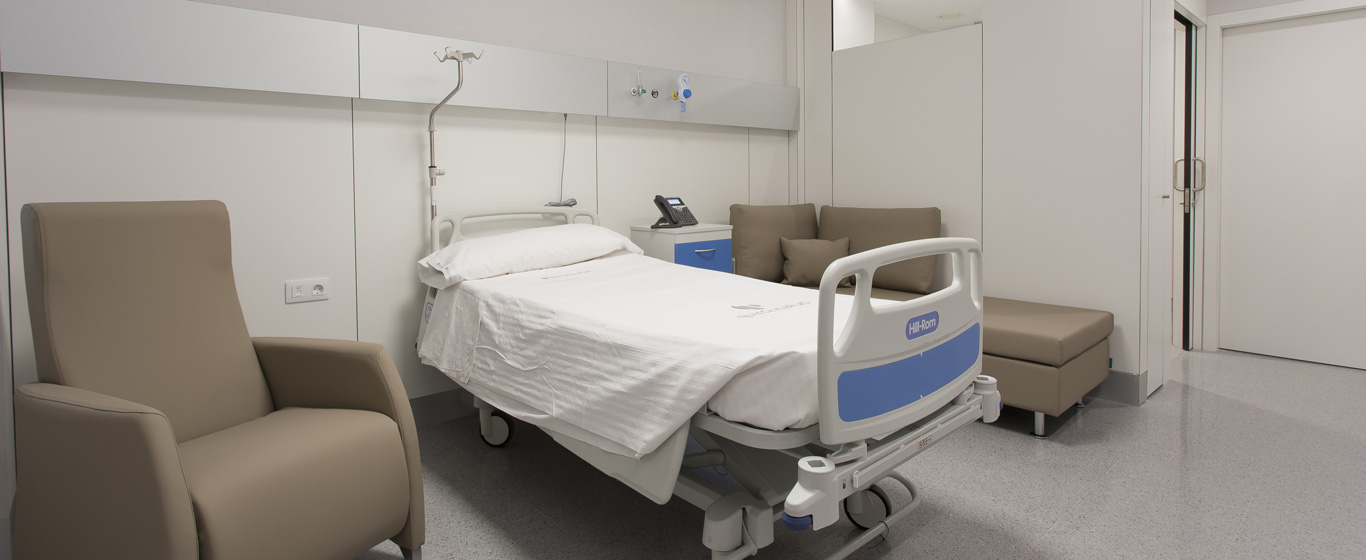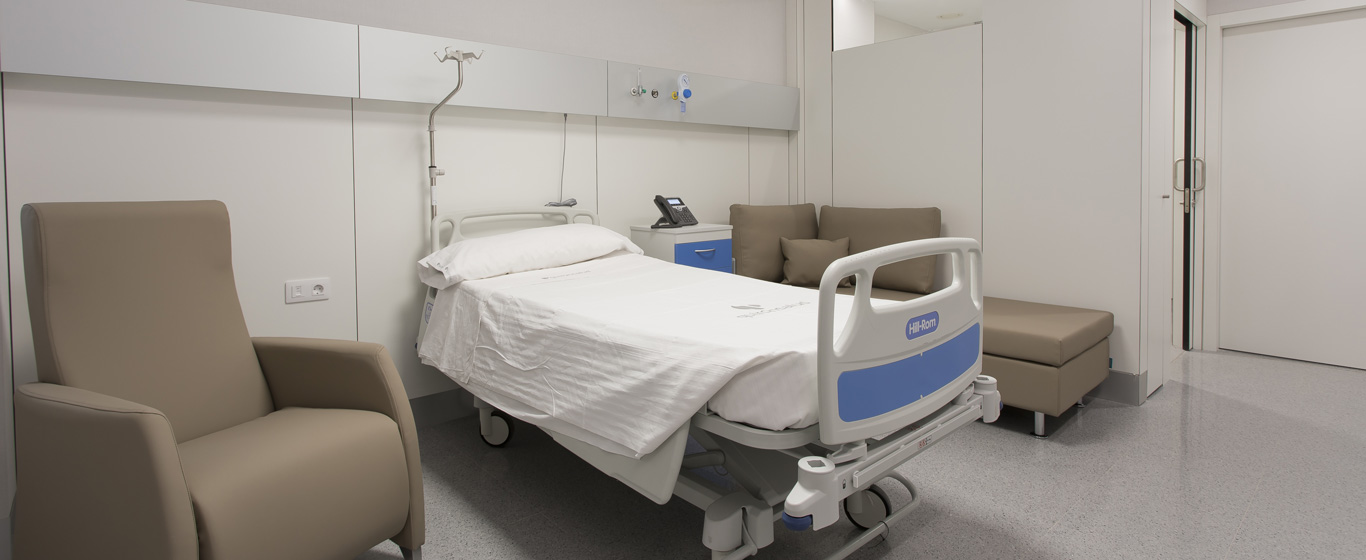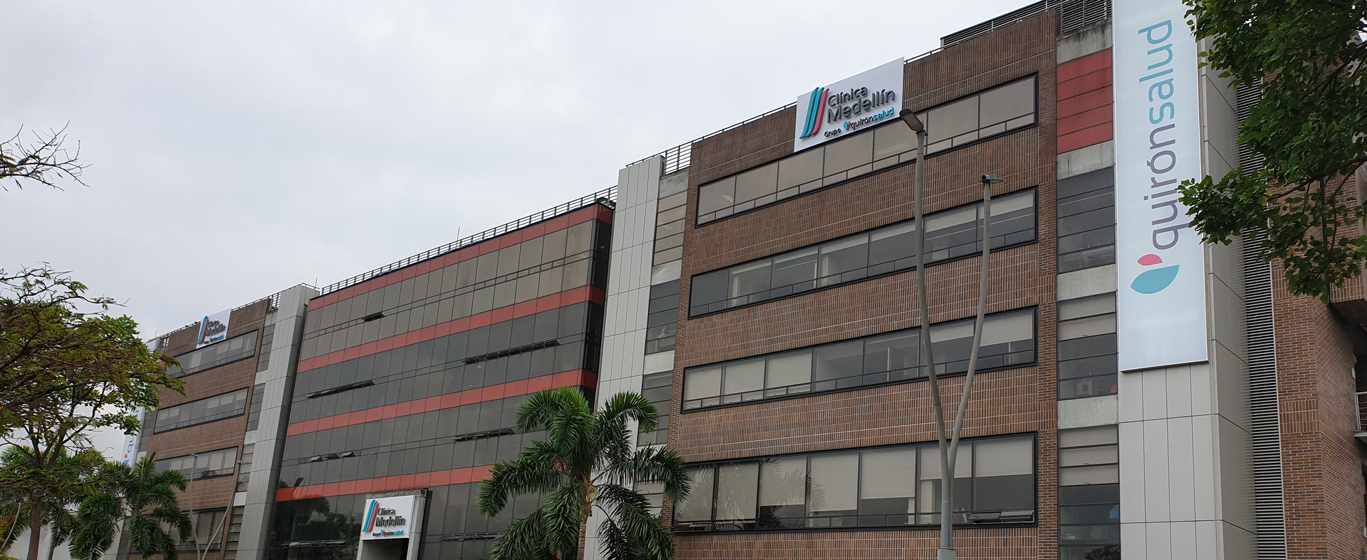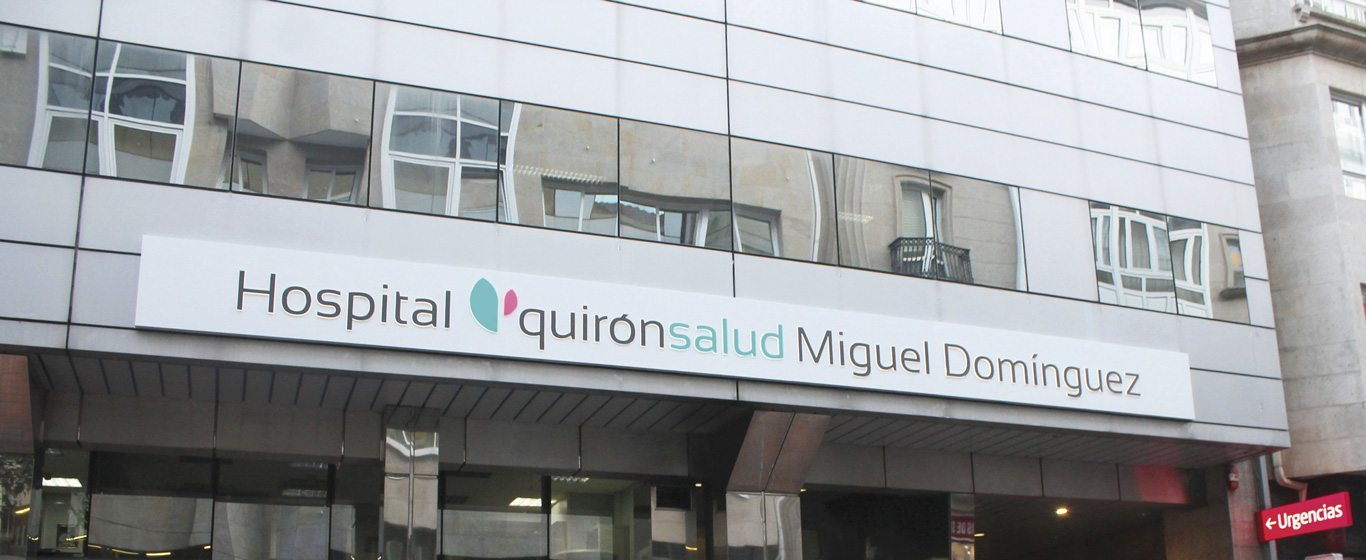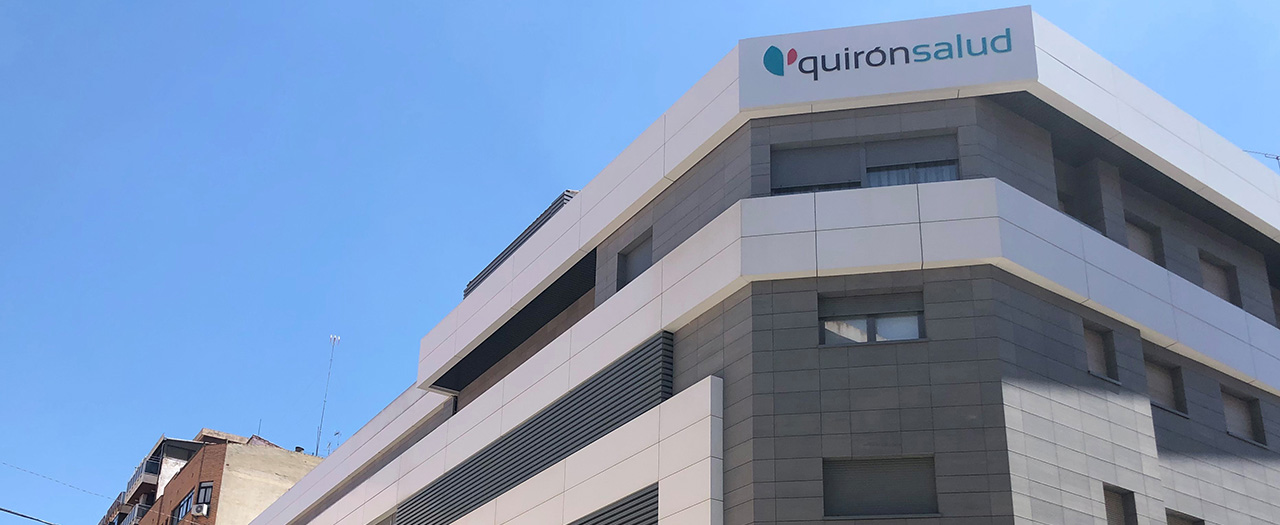Pulmonary Scan
A pulmonary scan can study both the ventilation of the lungs and how blood circulates through them. To do so, a small dose of radioactive drug is administered, and a special camera is used to take images from different angles for greater accuracy.

General Description
The pulmonary scan is a non-invasive procedure performed to examine lung function. It is a nuclear test in which a radiopharmaceutical is used to obtain information about the morphology and function of the lungs. In fact, this test consists of two complementary scans:
- Ventilation Scan: Studies the ventilation of the lungs, meaning the mechanical, spontaneous processes necessary for air to move from the outside to the alveoli and vice versa. To carry it out, the patient inhales xenon-133 gas, Technegas (carbon microparticles labeled with 99mTc), or aerosols labeled with 99mTc. The images obtained show whether the lungs are not receiving enough air or are retaining too much inside after exhalation.
- Perfusion Scan: Observes how the cardiovascular system pumps blood to the lungs and how blood flows through them. In this case, particles of macroaggregated albumin labeled with technetium-99m are injected. The results indicate whether there are areas that do not receive enough blood.
It is common to perform the ventilation scan first and then the perfusion scan, although both can be done at the same time (ventilation-perfusion scan or V/Q scan).
When is it indicated?
A pulmonary scan is used to:
- Check for damaged areas or areas that are not functioning, especially before surgery.
- Detect blood clots.
- Diagnose hypertension, edema, or lung disease.
How is it performed?
The medical center provides a gown for the patient to wear during the test, as it is necessary to remove clothing. Additionally, metallic objects or jewelry cannot be taken into the gamma camera room.
During the procedure, the patient lies on their back on a stretcher, and the acquisition heads of the camera are placed above, below, or beside the chest. These devices move along the chest to capture images from different angles.
- Ventilation Scan: A mask is placed over the nose and mouth to inhale the radiopharmaceutical. The specialist instructs the patient to breathe normally or inhale and hold their breath for a few seconds. During the moments when the patient is not breathing, they must remain as still as possible for clear images.
- Perfusion Scan: The radiopharmaceutical is injected into a vein in the arm. After a few minutes, once the drug has reached all the lung tissue, images are taken while the patient remains still on the stretcher.
Risks
There is no risk in undergoing a pulmonary scan. In rare cases, the radiopharmaceutical may cause side effects such as itching or hives.
The doses of radioactivity received during this procedure are minimal, but they can be harmful to a fetus, making this test not recommended for pregnant women. Breastfeeding mothers should discard milk produced in the 48 hours following the administration of the radiopharmaceutical.
What to expect from a pulmonary scan
Although the risk is minimal, it is necessary to sign an informed consent form before undergoing a pulmonary scan. This is an outpatient procedure, and the patient can resume their normal activities once completed.
It is advised to attend the appointment in comfortable clothing that is easy to remove and without any metal objects.
In the perfusion scan, the radiopharmaceutical is administered intravenously, which may be uncomfortable. Sometimes, a sensation of warmth or cold is felt as the substance travels up the arm. Otherwise, the test is not painful.
The ventilation scan may be uncomfortable due to the mask. Some patients may feel short of breath.
When the stretcher is moved into a gamma camera shaped like a tube, it may cause a sensation of claustrophobia.
The ventilation scan lasts between 15 and 30 minutes, while the perfusion scan takes about 10 minutes. Results are provided a few days later during a follow-up consultation.
Specialties that request a pulmonary scan
The pulmonary scan is a nuclear medicine test commonly requested by pulmonologists or oncologists.
How to prepare
No special preparation is required for a pulmonary scan.
It is common for the doctor to perform a chest X-ray before the test.






